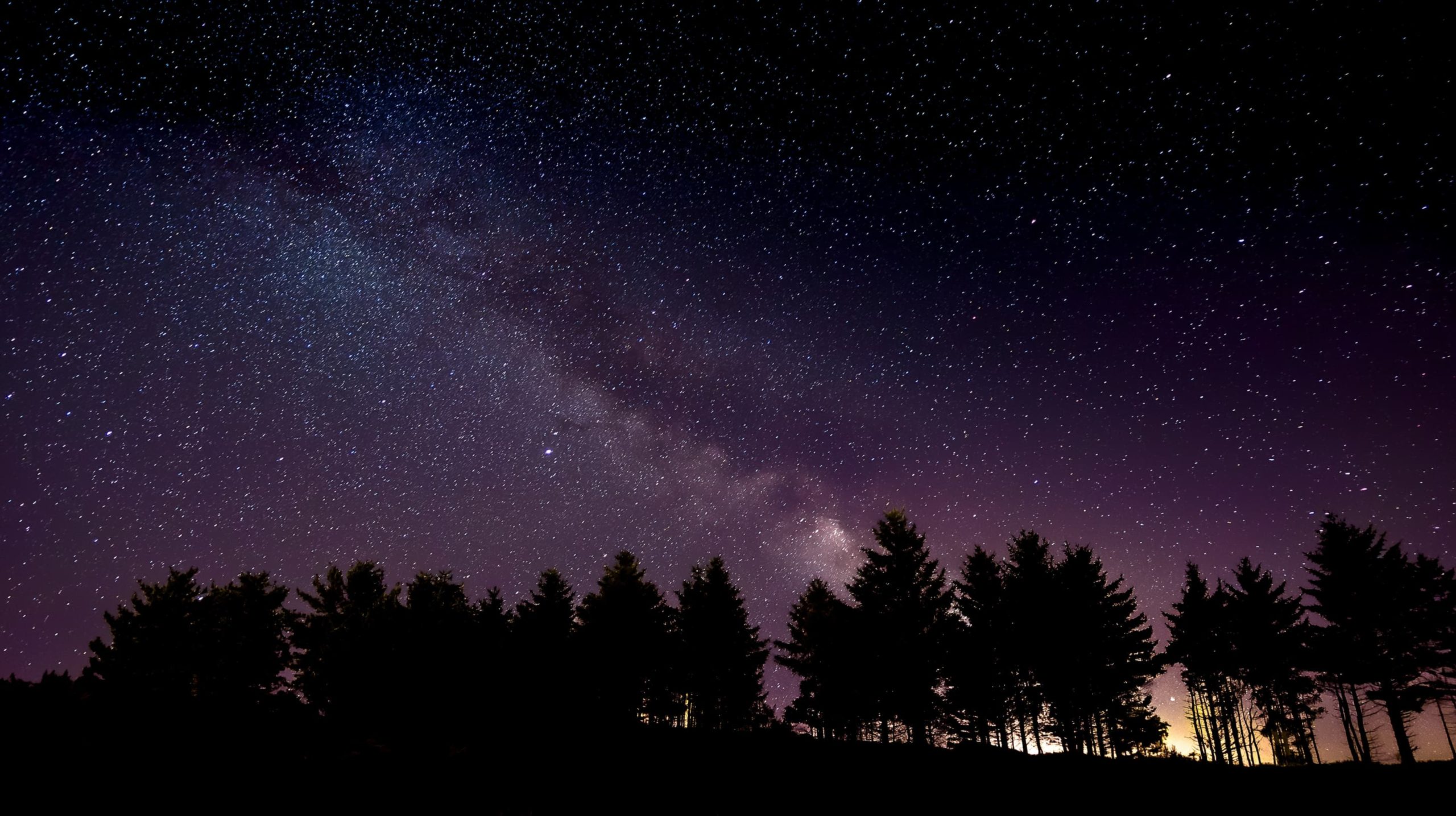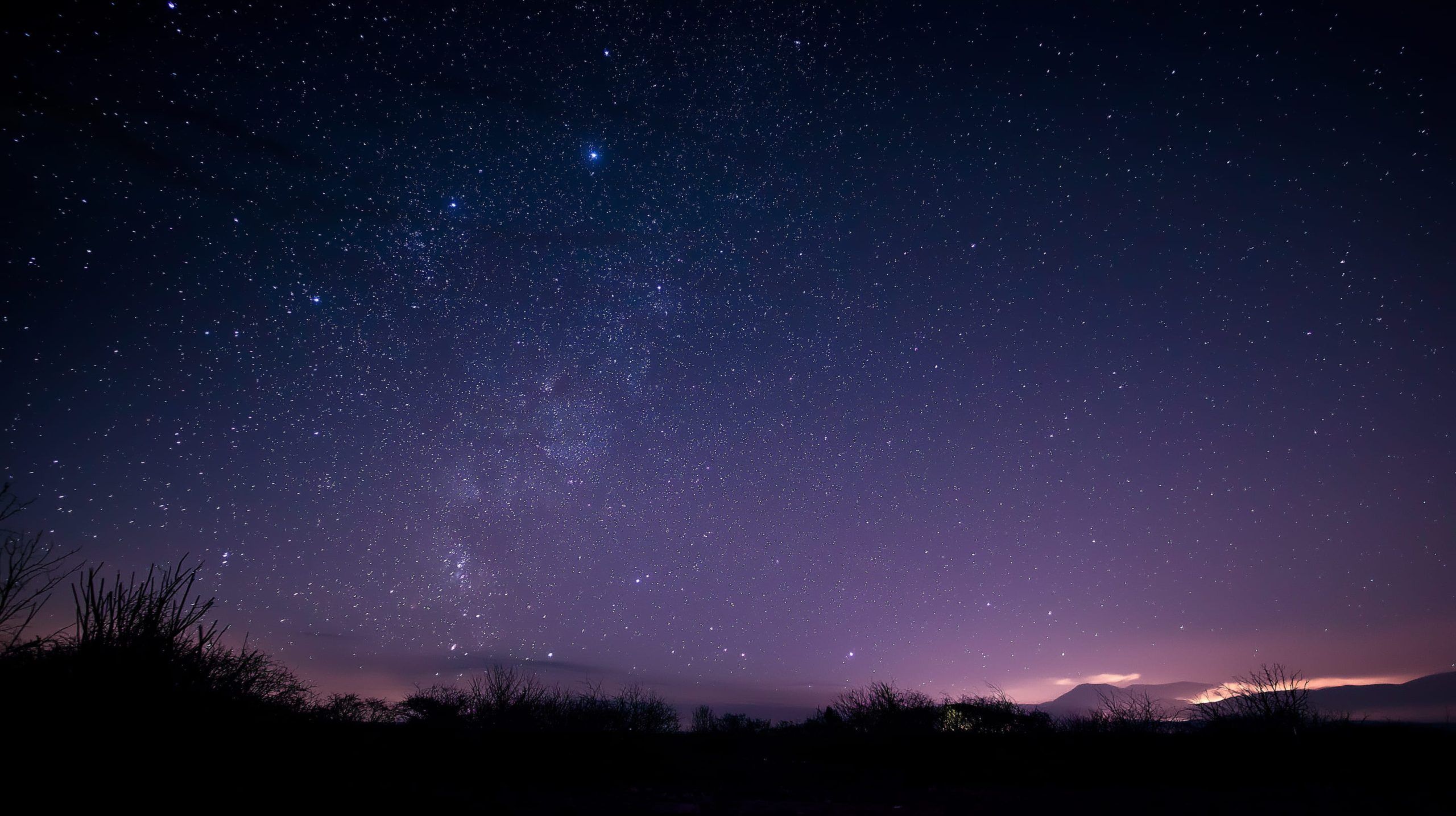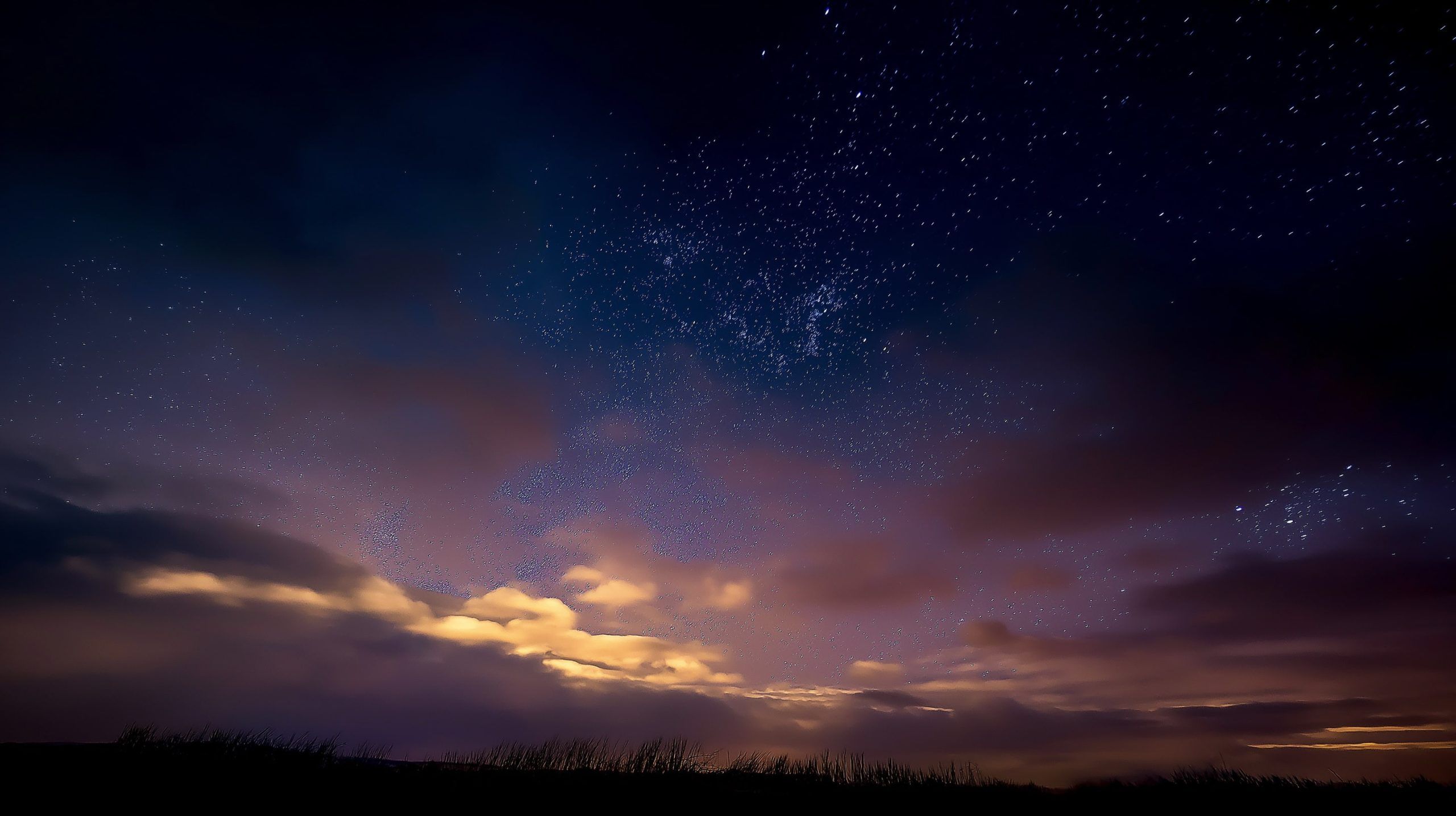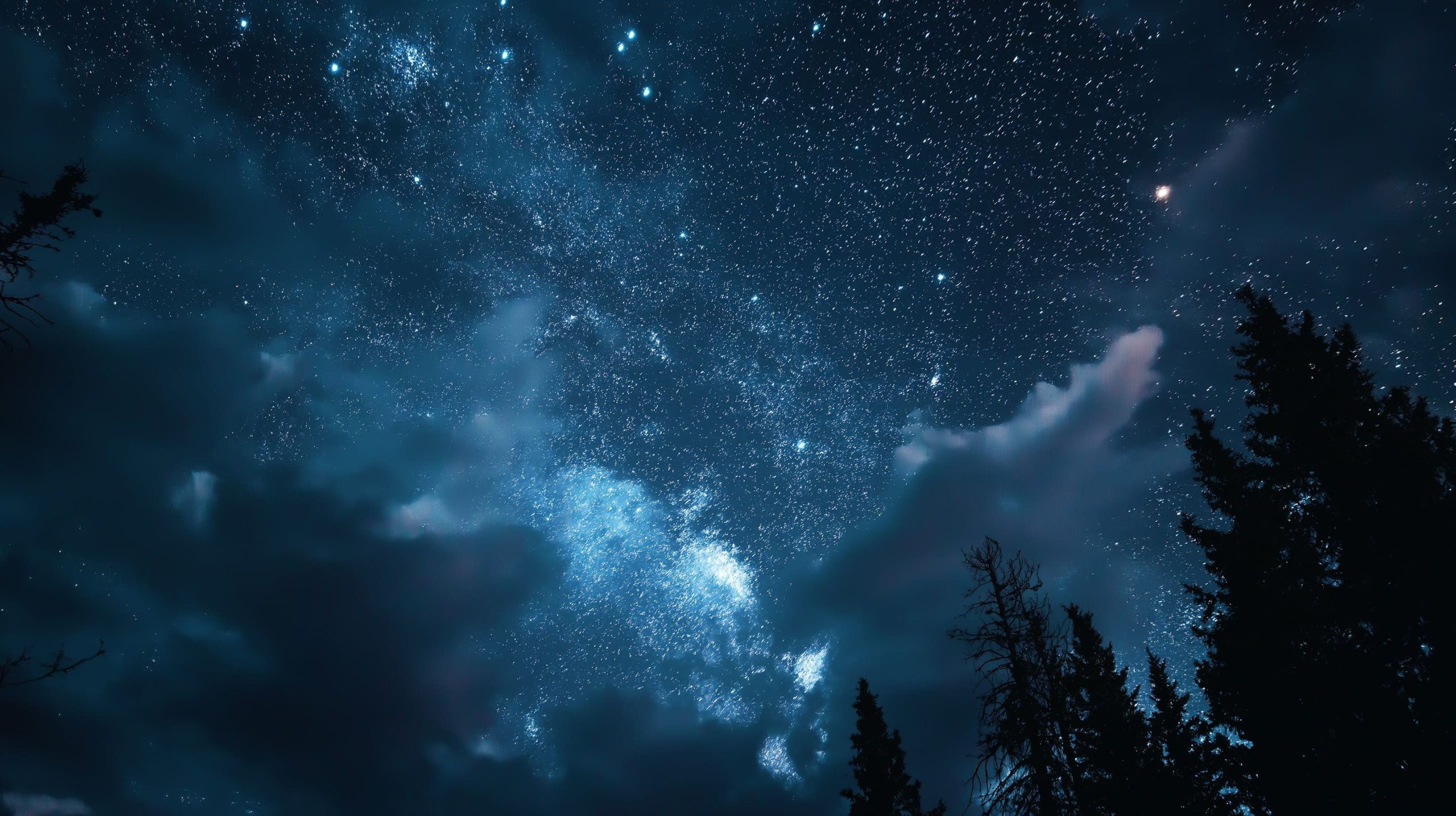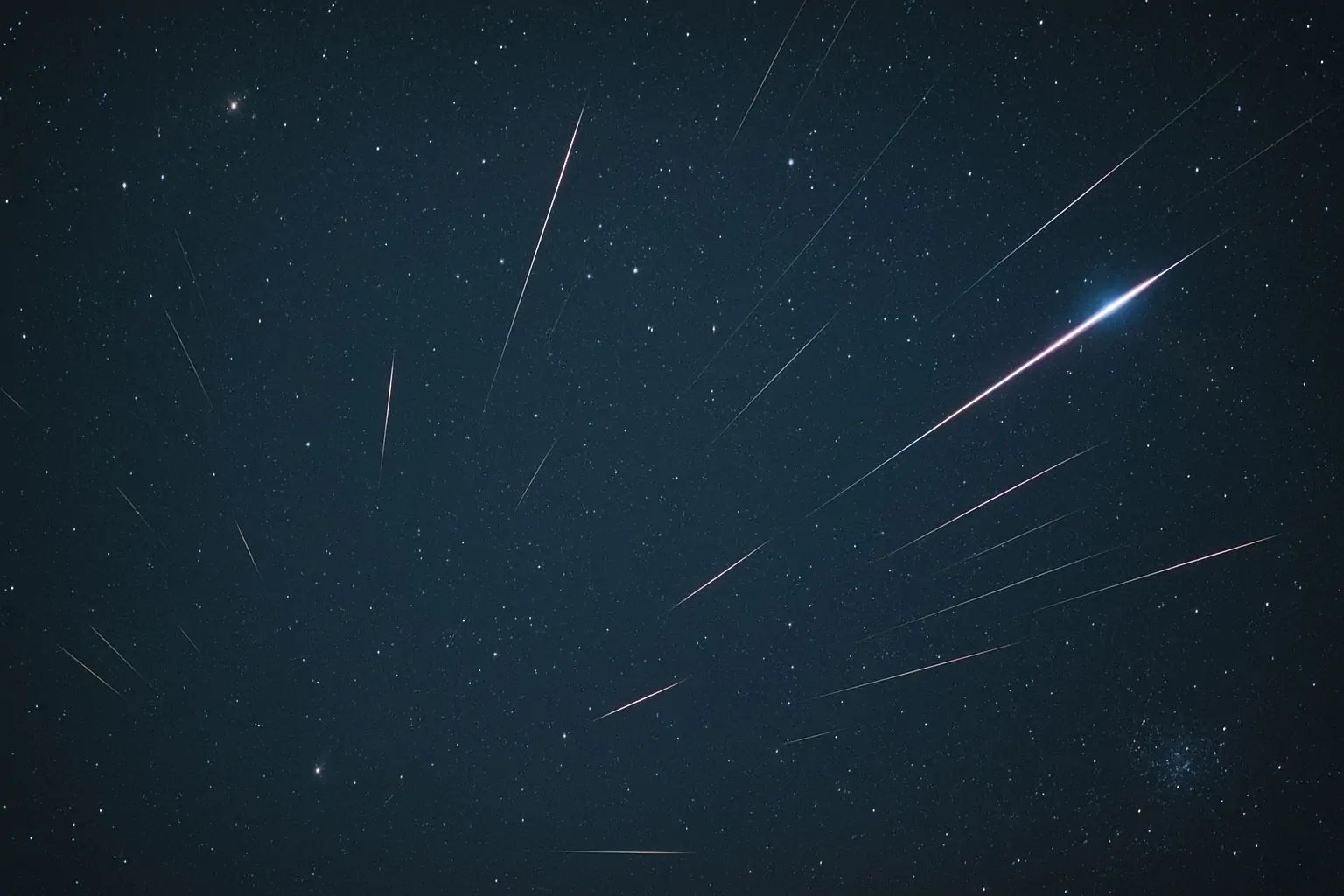
Cosmic Show on Aug 22–23, 2025: Meteors, Planet Parade, Auroras & More
Perseid meteors continue through August 23, 2025, with the peak on Aug 12–13 under a Moon about 84% full, and by Aug 23 the Moon is new, giving dark skies for meteor watching; the meteors originate from Comet Swift–Tuttle. The
